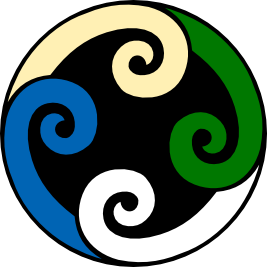BOED2
Weekly outline
-
Kia ora DEEP Outdoor Education students!
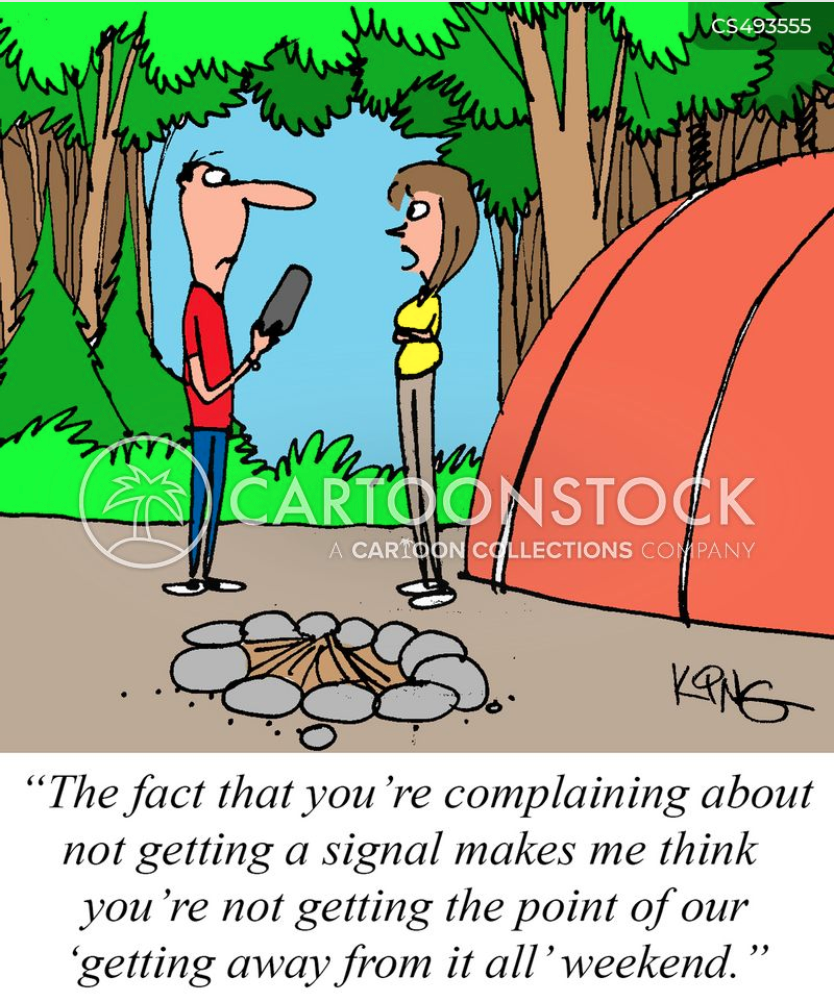
We have 10 sessions to learn about:
- Trip planning & risks,
- Weather,
- First Aid,
- Camp craft,
- Navigation,
- NZ outdoors,
- Environmental issues, etc.Please ask or email me if you have any questions
Mr Suckling :)
-
We'll watch parts of this video clip and use it to make notes on what we should do to reduce risk:
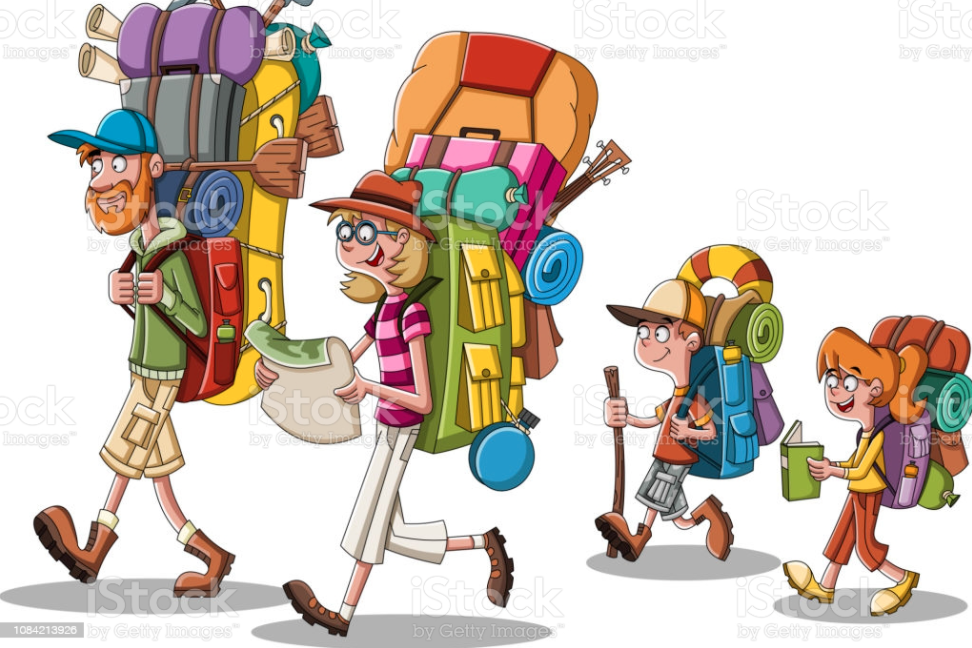
Before leaving on an adventure
During the trip, especially if we get lost, tired or injured and can't continue
After the trip, when we finish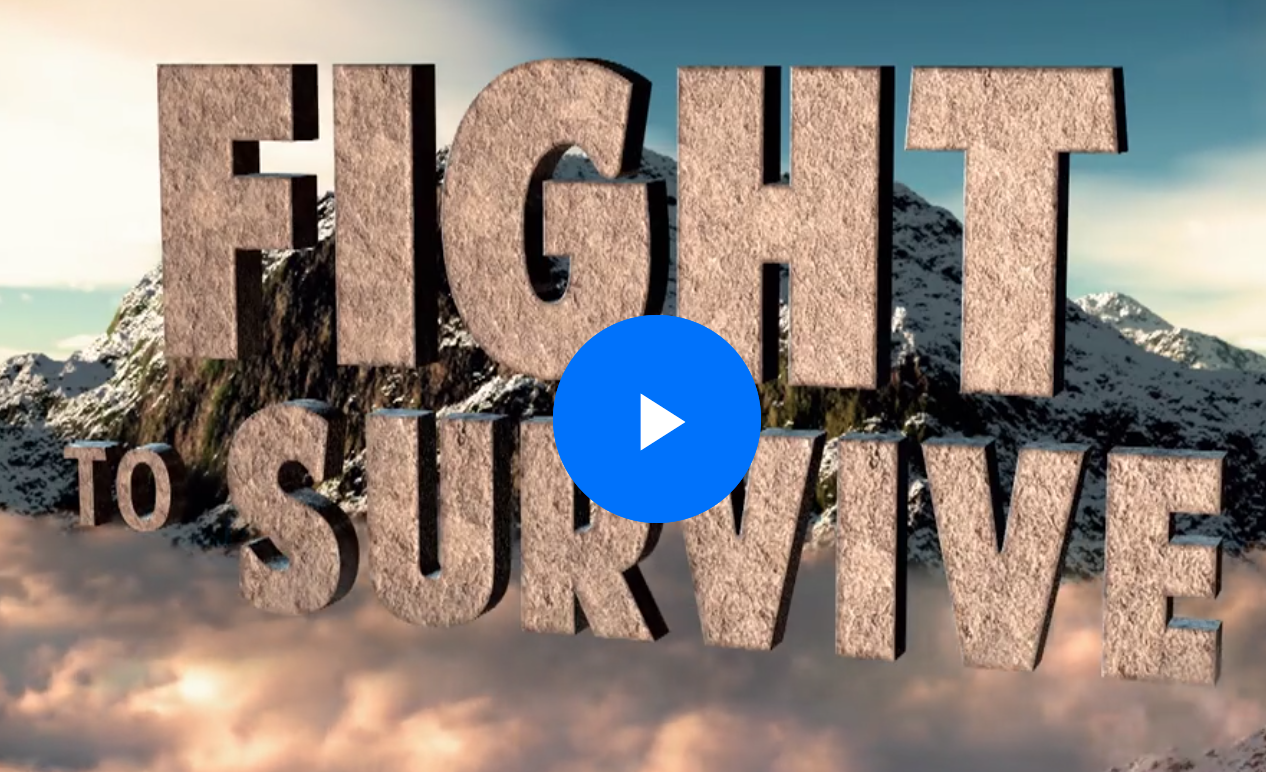
Video clip of Joe Baugardner who falls and breaks a leg (Fight to Survive, Season 3 Episode 4).
Parts (minutes): 6-10:30, 12-12:30, 14-14:25, 15-16:30, 17:18-18:50Before going on a trip, it's good to prepare a RAMS form.This stands for Risk Analysis Management System.It helps you make sure that you have thought of what might happen and what you need to keep safe.
Task on Google Classroom: "Planning a Trip so it's safe"
Here's a video by Ray Mears about surviving in the NZ outdoors.
As you watch the video, add to your notes on Joe Baugardner in the shared GDoc issued in GClassroom.
It outlines some mistakes made by a father & son on a tramping trip.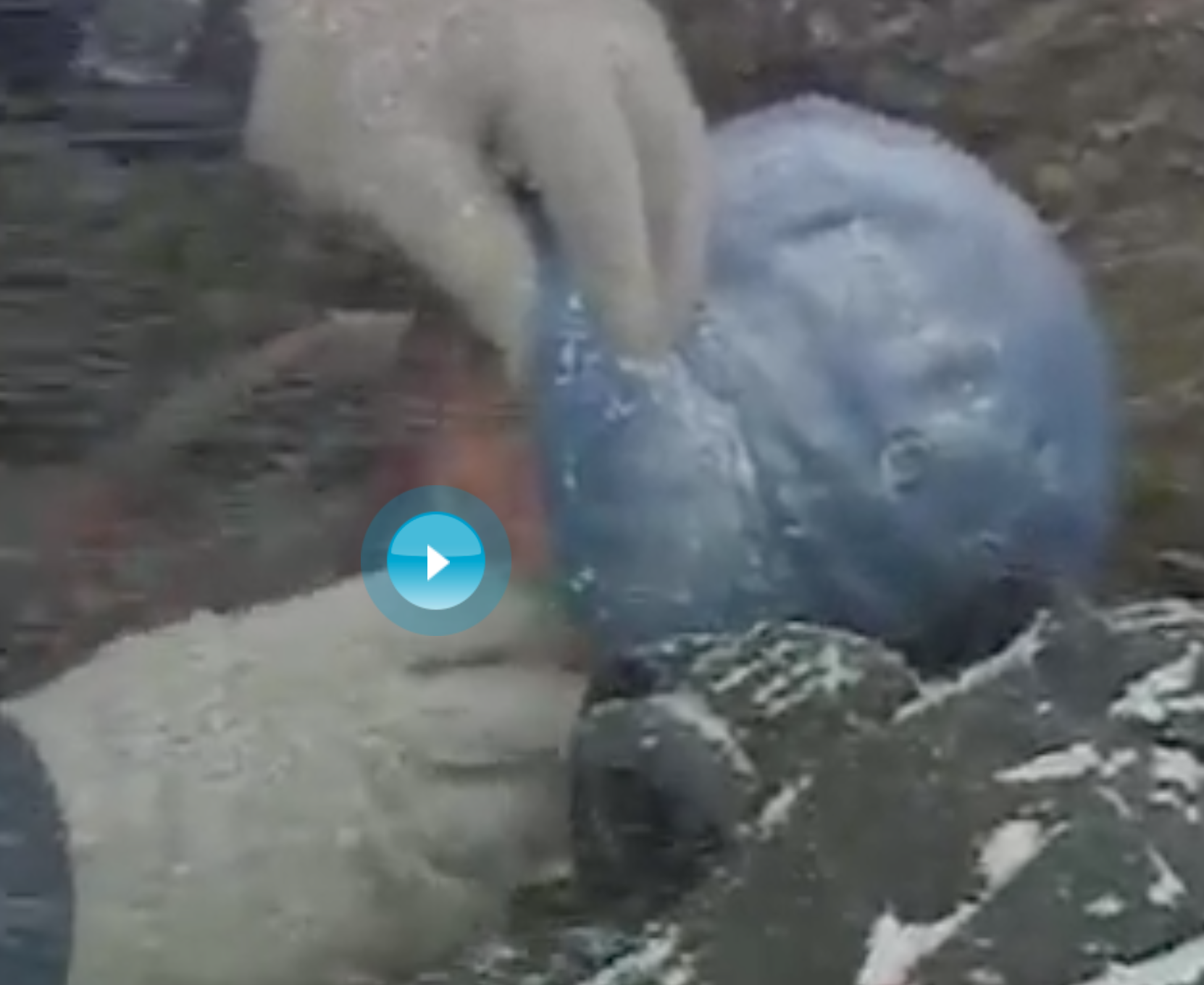
https://www.veoh.com/watch/v6336204t9Qxdwas
Extract (minutes) 2:16-8:05
Outdoor Safety Code -
Weather on 24th May 2022 - photo and weather map

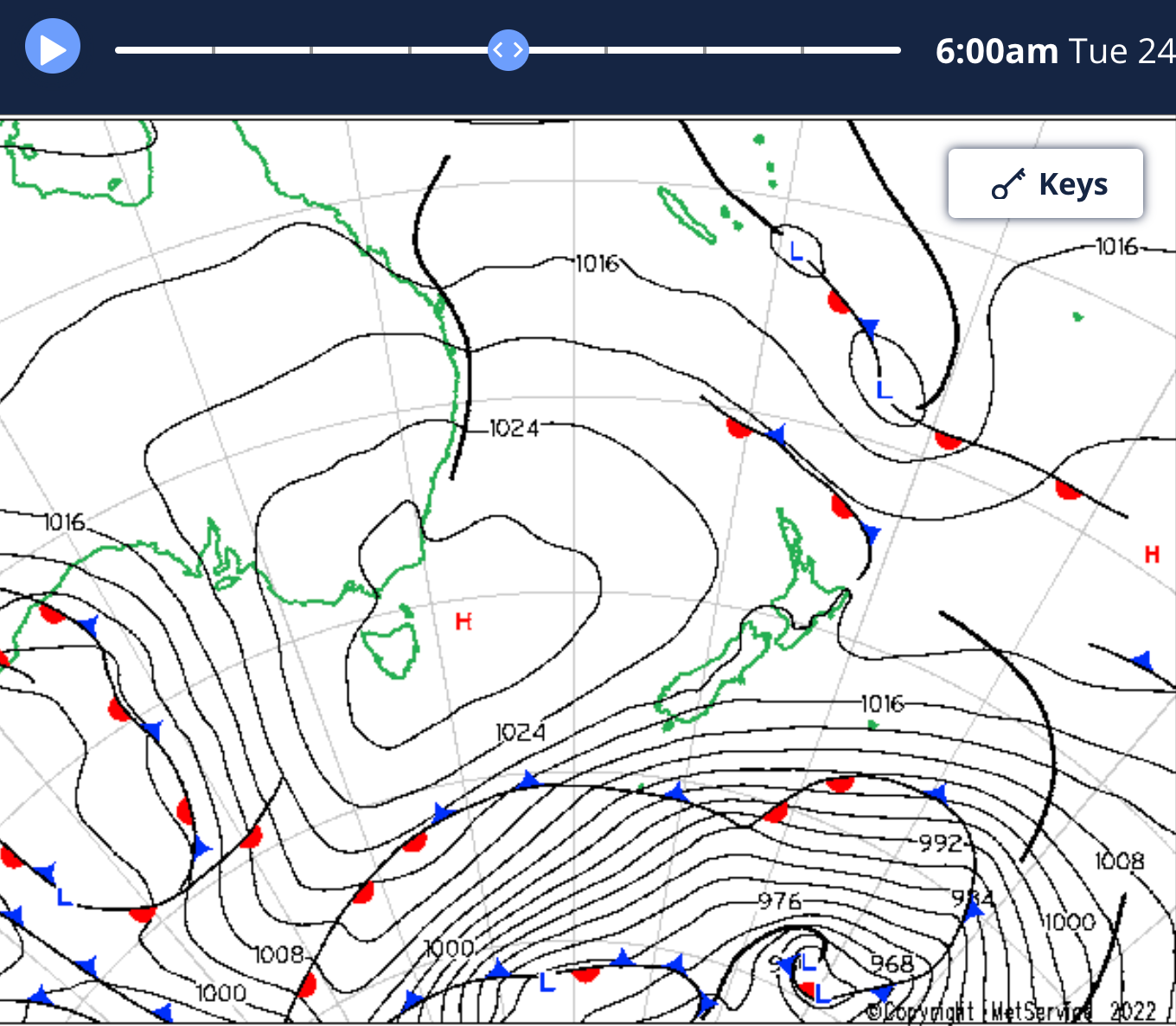
Link to 'How to read weather maps' (The Met Service)
Activities: Open the GDoc in GClassroom.In January and February, we are affected by cyclones in the Pacific Ocean coming close to New Zealand.
This happens more often in years of 'La Nina' weather patterns in the Ocean. A 'La Nina' started at the end of 2020 and is still with us in 2022.
Have a think about what sort of weather (humidity, temperature (air and sea), storms) we have been experiencing this summer
Below are some video clips of the weather forecast around the time of Cyclone Dovi in Feb 2022.
Wed 9th Feb 2022
Fri 11th Feb 2022
Sat 12th Feb 2022
Sun 13th Feb 2022
Surface Pressure maps for Sunday to Tuesday after Cyclone Dovi passes NZ:La Nina weather = hot, humid, cyclones
-
First Aid means you're the first person to help someone.
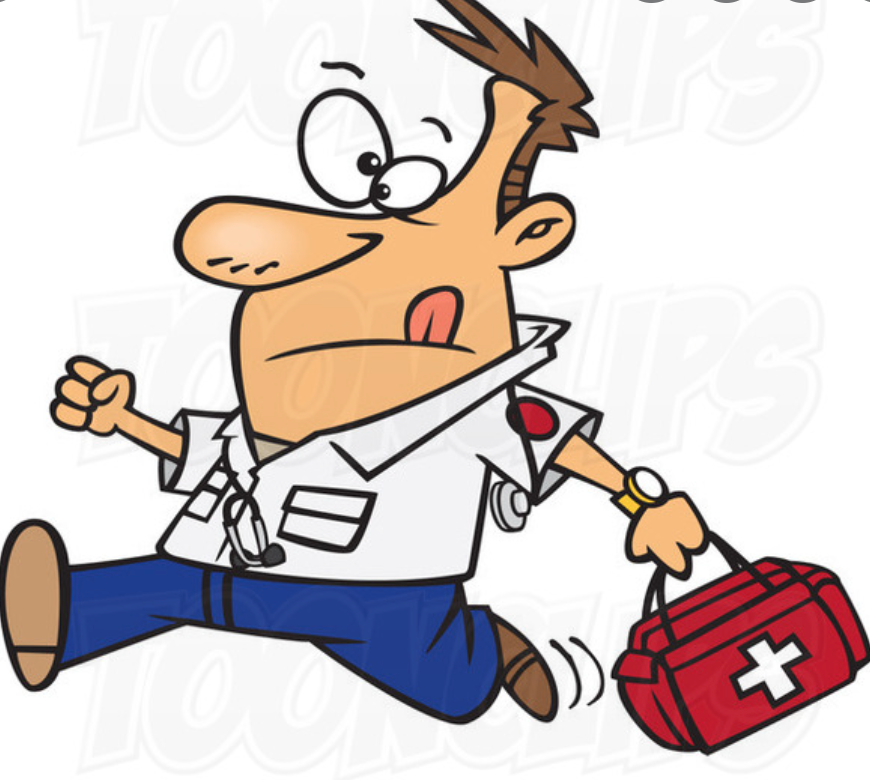
It's important to go on a proper First Aid course (eg RedCross, St Johns, Meditrain).
(This lesson is not a 1st Aid course. It's just a taster of the things you would learn on a course)A good way to remember what to do is to follow the steps DRSABCD:
Danger - keep you and others safe (eg stop cars before helping someone who's in the road!)
Response - see if the person knows you're there and can communicate
Send for help - phone 111 or tell someone to get adult help
Airway - make sure the person's airway is open and not blocked
Breathing - see if they are breathing
Circulation - search for blood and stop the bleeding
Defibrillate - use an Automated External Defibrillator (AED)Questions you might have:

- Why's it important that I do a proper First Aid course?
- What do I do if there's bleeding?
- How do first aiders treat burns?
- What's diabetes and what can happen?
- What happens if someone breaks a bone or dislocates a joint?
- What do I do if I sprain a ligament / strain a tendon?
- What is a heart attack and what are the signs?
- What do I do if someone has a seizure?
- What can happen if someone's allergic? What's anaphalaxis?
- What's concussion?
Call 111 in New Zealand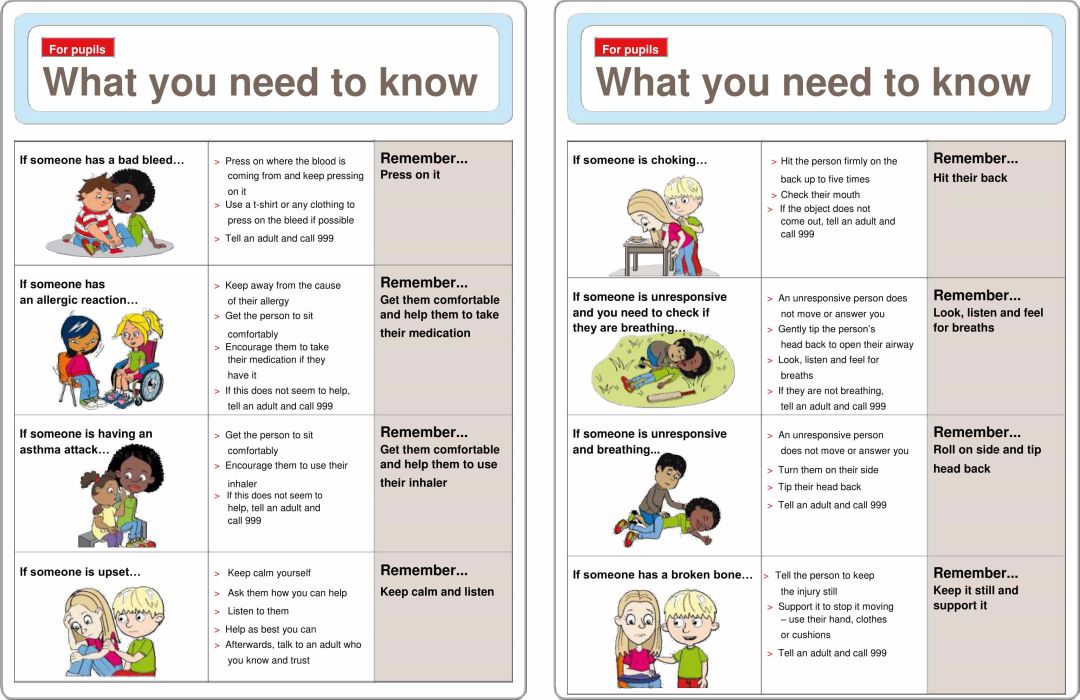
Activity: Click on the First Aid Scenarios in GClassroom
-
This week, we'll use maps to locate 'control points' around the school.
 We may also do this in Tāne Forest.
We may also do this in Tāne Forest.
You may know that when this is done competitively, it's called orienteering.Things to learn:
- always 'orientate' the map
(turn it so the direction of objects on the map is the same as their direction from you on the ground).
- work out what the map symbols represent (eg building, stream, fence, path, bridge, etc)
- get used to the distances (objects on the map may be closer than you think!)
-
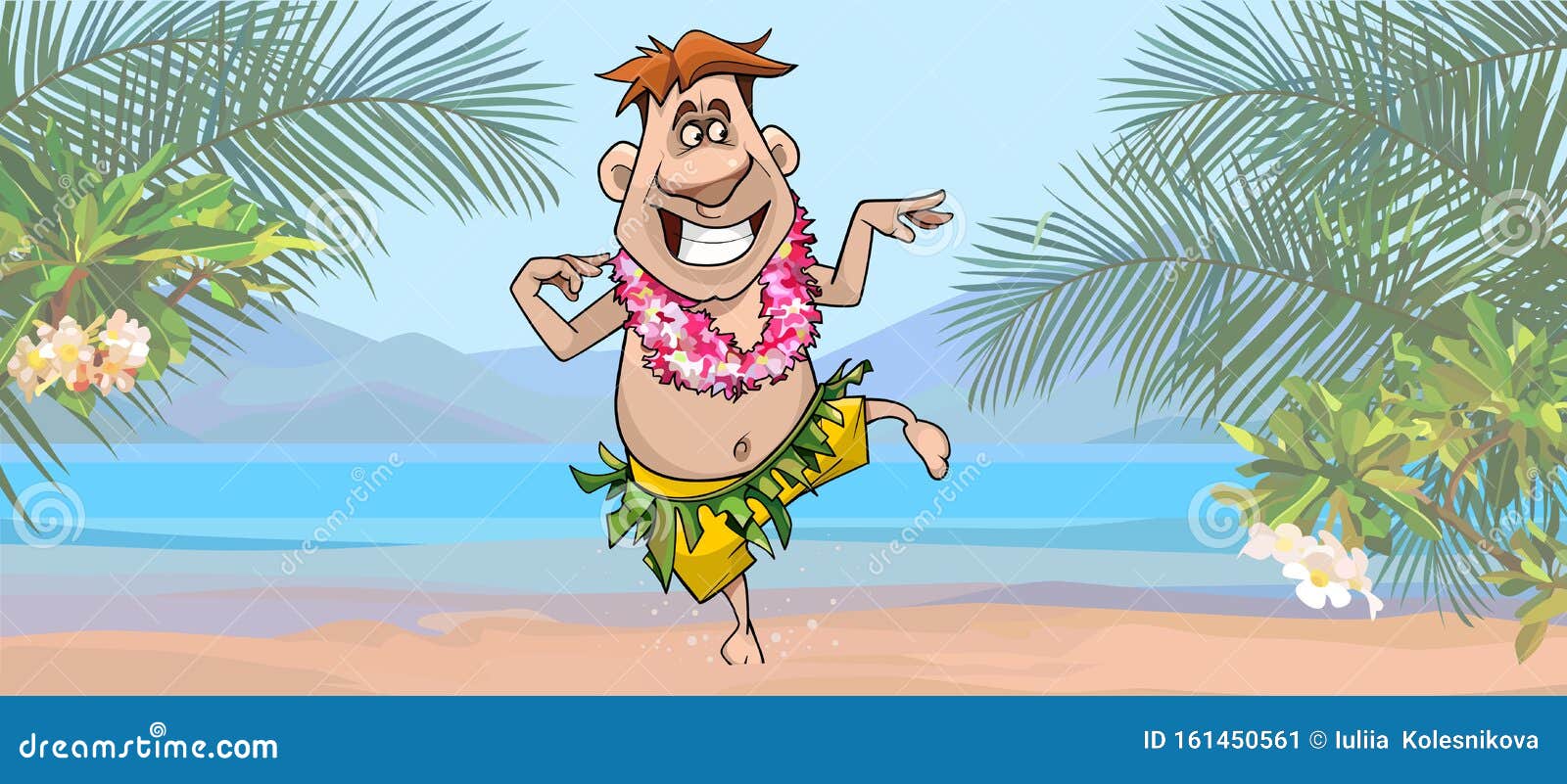
-
-
-
-
-
-
-
-
-
-
-
-
-
-
-
-
-
-
-
-
-
-
-
-
-
-
-
-
-
-
-
-
-
-
-
-
